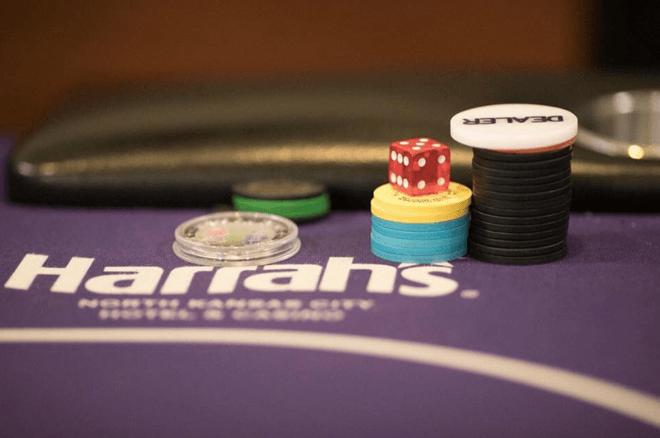Short Stack: 5 tips for surviving | PokerNews
Most players start live poker with cash games and they are a little disturbed when they play their first tournaments... where the depth is not at all the same.
20 blinds and sometimes less, MTT players are tightrope walkers. The best of them use hand lists to figure out whether to shove or give the dealer their cards with 14 blinds in a vice CO in an unopened pot, but these perfect poker charts are of less help when your stack is included in the 20-30 blind block. It takes experience and malice to play with this carpet, the slightest mistake can be fatal.
This block is complicated to play but essential in your arsenal as a tournament player, especially since it is often around this area that the average of a tournament is when the bubble and the big money arrive!
Here are some tips to help you keep your stack above the waterline.
1. We play the big cards, the more the small ones
The deeper your stack, the less you should play the small cards. Banish from your opening range, play face cards. The quoted hand is sexy and allows to play good draws but it is necessary that the investment is profitable and allows you to make a big profit to enter a blow. You don't have enough chips behind to attempt these kinds of moves when you're short-stacked.
When you have a little depth, a hand like can cost you dearly. You're not always going to be able to play for the opponent's stack just when you make a pair because few opponents beaten by that will call you on three streets for a hundred blinds.
When depth isn't really there, going all-in for 17 blinds with a pair on the flop with seems like a better idea than going all-in with over .
2. Use your perceived range
When you open in early position and the big blind is defending, you have a huge advantage in your perceived hand power. For this reason, a continuation bet on the flop is very profitable.

This is less true when the effective stacks are less deep because there are quite a few hands in your range that are good and marginal at the same time because they will not support an all-in check-raise!
When you have 100 blinds you can more comfortably call this type of raise, you still won't be too involved, you won't have to go all the way like when you started the move with 23 blinds.
For this reason, your range of hands that will make a continuation bet on the flop narrows down to top pair, top kicker and multiple draws that will take the opponent's stack. You can also add hands that will automatically lead to a fold on the opponent's mat, hands of the "ventral draw" type or 3rd pair...
How to treat stage 4 liver cancer, prognosis for survival.https://t.co/Z4GVUAAlWl
— Edward Anthony L 610 Thu Sep 10 07:19:30 +0000 2015

